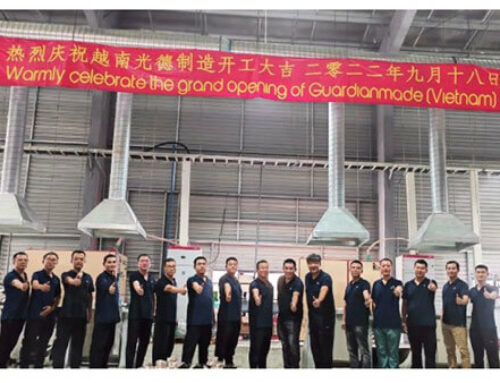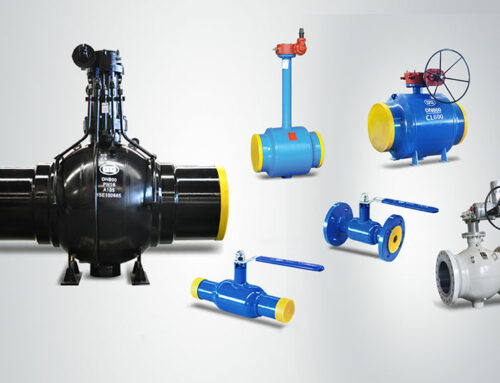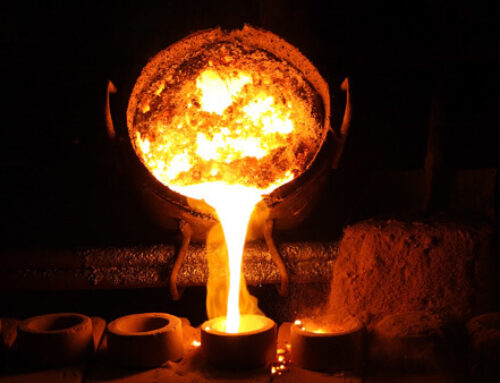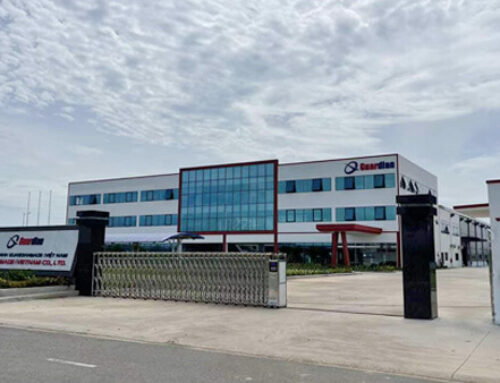The pipeline ball valve is an indispensable element for controlling medium in the oil and gas pipeline. An imported pipeline ball valve used by a certain unit had a valve stem fracture accident at the project site, resulting in this valve not being able to be used normally, and our company was entrusted to repair it. In order to find the main reasons for valve stem fracture, the following analysis is hereby performed.
The valve stem fracture is located at the transition between the O-ring groove and the step, and the fracture surface is relatively flat (see Figure 1). After the valve was disassembled, it was found that there were obvious scratches on the spherical surface and many pits (see Figure 2); the O-ring on the valve seat was damaged, and there was a gap of about 8mm long (see Figure 3).
Analyze the process
After the valve was disassembled, it was learned that the valve structure is a bi-directional valve seat sealed trunnion ball valve, which is mainly composed of valve body, left and right connecting body, valve stem, upper and lower support plate, valve ball, sealing ring, an actuator, etc. The sealing pair is composed of the O-ring on the valve seat and the spherical surface; The valve ball is supported by the upper and lower support plates, and the valve stem is driven to rotate by the rotary actuator, so as to realize the 90°rotation of the ball, and through the sealing of the valve seat and the ball at both ends of the inlet and outlet, the purpose of connecting and cutting off the medium is realized.
The characteristics of the valve of this structure are: the valve is a cylindrical body with a fixed ball structure, the valve seat adopts a double-seat bi-directional self-sealing structure, and has a preload spring to ensure reliable sealing and the function of automatically releasing the excessive pressure in the middle cavity; The valve has a built-in support plate, and the ball is fixed in the valve cavity through the upper and lower support plates, which greatly reduces the force on the valve stem. When the valve is working normally, the sealing force of the medium acts on the connecting body through the support plate, so that the valve stem bears very little torque.
Physical and chemical analysis and nondestructive testing
Chemical composition
Spectral analysis was carried out with spectrometers, and the analysis results are shown in Table 1.
Table 1 Chemical composition of valve stem material (mass fraction)
| C | Mo | Cr | Mn | Si | P | S | |
| Standard value | 0.28~0.33 | 0.15~0.25 | 0.8~1.10 | 0.4~0.6 | 0.15~0.35 | ≤0.035 | ≤0.040 |
| Detection value | 0.303 | 0.17 | 0.92 | 0.48 | 0.17 | 0.018 | 0.011 |
From the above analysis data, it can be known that the material of the valve stem meets the requirements of ASTM A322 for 4130 materials.
Mechanical property test
The fractured valve stem was processed into a tensile sample, and the tensile test was carried out on the WE-60 universal material testing machine. The test results are shown in Table 2.
Table 2 Test data of mechanical properties of valve stem material
| Tensile strength σb/MPa | Yield strength σS/MPa | Elongation A(%) | |
| Standard requirement | ≥1145 | ≥1110 | ≥26 |
| Test value | 660 | 465 | 9 |
From the above test data, it can be known that the mechanical properties of the valve stem are not up to standard. In order to explore the reasons for the low mechanical properties, microstructural analysis was carried out.
Microstructural Analysis
The sampling location is the fracture surface of the valve stem. Through the metallographic observation, the metallographic structure of the longitudinal section is pearlite and ferrite (see Figure 4), and it is distributed in a continuous band, and the banded structure reaches grade 5 (according to the GB/T13299-1991 C series rating standard). Ferrite grain boundaries are clearly visible in the structure, and the pearlite has different bandwidths, as shown in Figure 5.
It is obvious from Figure 4 that the ferrite and pearlite are alternately distributed in bands, showing a relatively obvious banded structure, and the internal structure is extremely uneven. After the low-alloy steel is quenched and tempered, it should have a relatively uniform tempered sorbite structure inside. Figure 5 shows the metallographic structure of the sample quenched and tempered by a reasonable heat treatment process.
Surface hardness testing
The hardness of the valve stem was tested on the HB-3000 Brinell hardness tester, and its surface hardness was 190-207HBW, which was obviously low.
NDT (Nondestructive Testing)
Magnetic particle and ultrasonic flaw detection were respectively carried out on the fractured valve stem according to the regulations of JB/T4730-2005, the results show that there are no excess defects on the surface and inside.
Torque and part size detection
Torque detection
After the valve stem was reworked and assembled, a torque test was performed on the accident valve, and the test results are shown in Table 3
Table 3 Valve Torque Test Data
| Single-sided inlet pressure to detect the torque of the output shaft of the valve actuator | |||||||
| Pressure P/MPa | 0.5 | 1.0 | 1.8 | 3.0 | 4.0 | 5.0 | 6.3 |
| Torque T/N·m | 40 | 80 | 100 | 140 | 170 | 250 | 300 |
From the above data, it can be known that the opening and closing torque of the valve increases with the increase of pressure. When the pressure reaches the nominal pressure, the opening and closing torque of the valve is 300N·m, and the torque value converted to the valve stem is 2704N·m. After calculation, the design torque should be about 270N·m, and the actual operating torque is much larger than the design torque. In order to further find other reasons for the sharp increase in torque, the key parts of this valve were dimensionally inspected.
Part size detection
After the valve was disassembled, the key components such as the support plate, the valve body and the connecting body components were dimensionally inspected by a three-coordinate measuring instrument, the test data are shown in Table 4.
Table 4 Dimensional inspection data of key parts of valves
| Detection position | Dimensions from both ends of the support plate to the center of the shaft hole | Dimensions from the end face of the valve body to the center of the shaft hole of the valve body |
| Detection value/mm | Upper support plate:62.770(right), 62.223(left) Lower support plate:62.626(right), 62.392(left) | Left: 63.750 Right: 64.800 |
Analysis of the detection data shows that there is a large gap between the end face of the support plate and the end face of the connecting body. The left gap of the upper support plate is 1.53mm and the right gap is 2.03mm; the left gap of the lower support plate is 1.36mm and the right gap is 2.17mm.
If the gap between the end face of the support plate and the end face of the connecting body is too large, the support plate will move under the action of the medium force, and the pressing force will be transmitted to the valve stem, which will make the valve stem bear a lot of torque and shear force. Practice has proved that it is more appropriate when the gap between the end face of the support plate and the end face of the connecting body is 0.2 to 0.5 mm. However, the gap between the end face of the support plate of this valve and the end face of the connecting body is far more than 0.5mm. Under the action of the medium force, the valve stem will bear a large torque.
Conclusion
The main reasons for the breakage of the valve stem of this pipeline ball valve are: there is an excessive gap between the end face of the support plate and the end face of the connecting body, and the size is out of tolerance; the heat treatment process of the valve stem material is improper, resulting in the strength and hardness of the valve stem being lower than the standard value.





